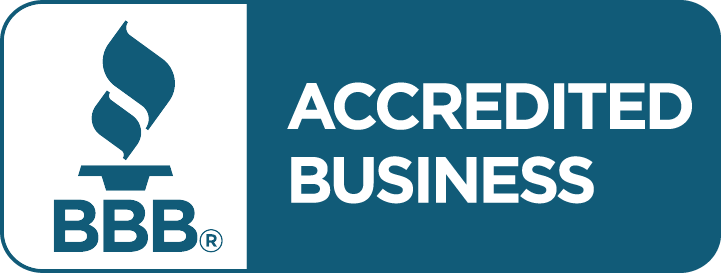Health spending accounts, free yoga classes during lunch, and workplace mental health programs are common company benefits. Although these perks can help improve an employee’s psychological and physical health, they do little to improve another equally important aspect of good health: financial wellness.
Money is an employee’s biggest worry. It’s a topic that creates greater stress than work, personal health and relationships, and is something that affects all Canadians, regardless of income level or age.
When we worry about money at work, we start experiencing poor mental and physical problems, which require more medical attention and increase a company’s healthcare costs. We’re also less productive and engaged and more likely to seek new employment.
Poor financial wellness can cost an employer 11% to 14% of an employee’s salary. So it’s no surprise that when we start improving the financial education of our employees, numerous benefits can result.
Here’s how to implement a financial education program in your workplace.
1. Identify Your Employees’ Shortcomings Regarding Financial Knowledge
Financial wellness affects each employee differently. To determine the most suitable financial education services for your employees, you’ll have to complete some research first.
Use an assessment tool to gather data about your employees’ money situations and goals. Avoid preconceived notions and take the time to understand your employees’ financial challenges, needs, and preferences.
2. Determine How Best to Deliver Financial Education to Employees
Employees desire individualized financial guidance over seminars and general financial education. As a result, employers must devise ingenious ways to provide financial education to their teams.
A third party can teach financial skills to employees, whether in person, at events or online. They’re often able to better support employee evaluation, education, data collection and interpretation. They can also customize each employee’s needs to create a personal, relevant learning experience.
3. Prioritize Financial Education in Your Workplace
It can be easy for your employees to prioritize other tasks over improving their financial knowledge. Allot specific work time and space, and provide them with the necessary tools to improve this skill set. Appoint individuals in leadership positions to lead these programs and encourage an employee to complete financial courses.
Share data that showcases the benefits of making financial education a priority. This can help convince employees of its critical role in their lives and provide motivation to continue learning about the topic.
4. Offer Employee Incentives
Increase employee engagement by providing incentives such as gift cards and cash payments for participating in financial education. Other potential incentives include offering the opportunity to earn a designation by completing financial education courses or receiving free coaching with a third-party provider.
Celebrating employees’ successes can also help. Set up a buddy system to help workers remain on track and committed to their financial education. Recognize and acknowledge when employees have completed the work to improve their knowledge about finances.
5. Provide Follow Through to Employees
Encourage a lifelong commitment to making effective financial decisions. Help employees carry on with their financial intentions as easily as possible by putting supportive systems in place. This can be done by:
- Showing workers how to set up automatic transactions for savings
- Providing email information about financial sector news (such as new government rebates and tax incentives)
- Regularly reminding employees about financial education services and courses in your workplace via email or text message
What to Include in Workplace Financial Education Courses
Foundational Money Skills: Provide your workers with the basic skills they need to make smart financial decisions. Teach them the value of comparison shopping, how to use helpful tools (like budget tracking and goal setting), and where they can find objective, free information (such as through libraries and non-profits).
Topics that Matter the Most: There’s no sense in offering financial education courses that are of no interest to your employees. Using results from a company-wide survey, provide financial education that best targets what your employees would like to learn. For example, if the cost of postsecondary studies is a widespread concern, consider offering workshops on Registered Education Savings Plans (RESPs).
Actionable, Relevant, and Timely Information: Outline concrete steps employees can follow to reach their financial goals. Place importance on targeting their most crucial financial concern initially rather than trying to provide all financial education at once.
Celebrate Financial Literacy Month
November is Financial Literacy Month – a great opportunity to improve your employees’ financial education. With our financial literacy and education programs, we make it easy! Visit our workplace education page to learn more about our informative presentations and other financial education courses.











